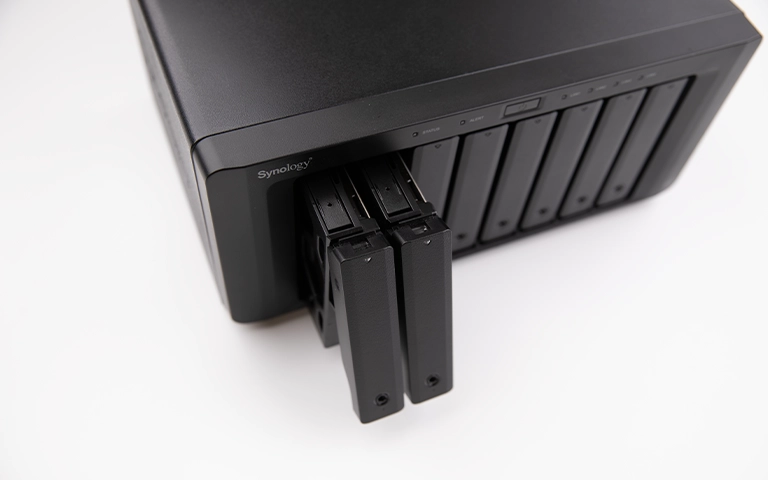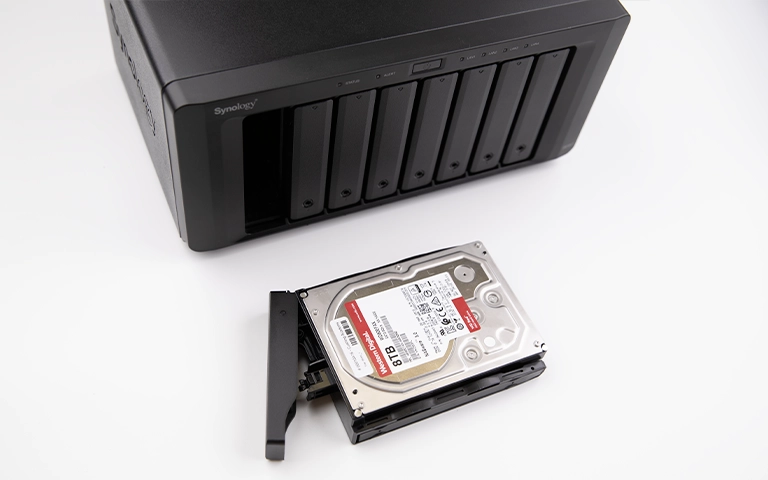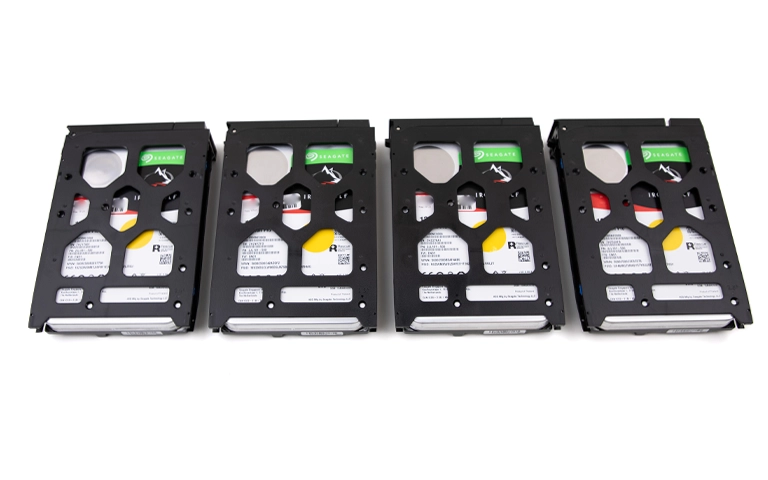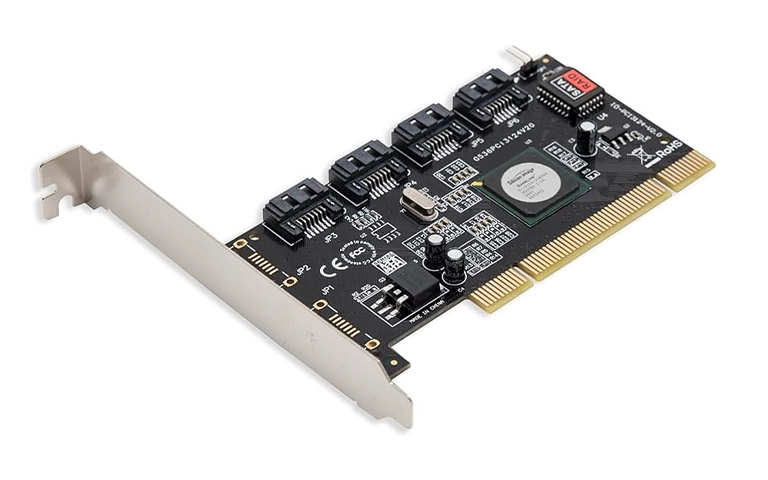A degraded RAID array means one or more drives in the array have failed or are no longer functioning optimally. While some RAID configurations, like RAID 5 or RAID 6, are designed to tolerate failures, running in a degraded state can significantly increase risk.
RAID Recovery Services guides you through the steps needed to safely manage and repair your degraded RAID system.

What Does RAID Degraded Mean?
A RAID is considered degraded when it loses redundancy due to a failed or missing drive. While the RAID may still function, its performance will decline, and the likelihood of complete data loss becomes higher. Immediate action is essential to prevent further damage.
Common Causes of RAID Degradation
Several factors can contribute to RAID degradation, including:
Physical failure of a hard drive or SSD
Corrupted sectors or disk errors
Loose or damaged cables
Controller issues or misconfigurations
Improper shutdown or power surges
In many cases, RAID degradation stems from problems related to the RAID controller itself. To understand its role in RAID stability, read our detailed article on the importance of the RAID controller.
Trust the experts with proven results
Important Considerations Before Repair
If your RAID system lacks a reliable backup or is used in a production environment, you must have a contingency plan ready. Ensure that you have a method to restore data or restart the server if problems arise during the repair.
It’s vital to recognize that many IT professionals may not fully understand RAID systems and often attempt repairs based on generic online advice. This can lead to severe data loss. Studies indicate that approximately 60% of significant RAID data loss incidents occur due to improper recovery attempts by inexperienced personnel, rather than initial hardware or software failures.
If your data is at stake and you’re unsure about the next step, explore our RAID data recovery services before attempting any repair on your own.
If you clearly understand why your RAID has degraded, possess current backups, and have a solid recovery plan, then you may proceed to replace the defective component carefully.
Unfortunately, we’ve also encountered cases where manufacturer’s support teams made incorrect decisions, resulting in overwritten RAID configurations and permanent data loss. Contact RAID Recovery Services first for a professional consultation to prevent such outcomes.

Immediate Actions to Take
- Do Not Reboot: Rebooting could trigger a rebuild and overwrite essential data.
- Stop Writing Data: Limit disk usage to prevent further corruption.
- Identify the Failed Disk: Use RAID management utilities to pinpoint the problematic drive.
- Document Everything: Record disk positions, drive models, error logs, and any messages.
- Backup Immediately: Save any accessible critical data before repairs begin.
Imaging Drives Before Making Changes
For maximum safety, the following steps are recommended:
- Shut Down the Server: Turn off the RAID server completely.
- Remove Drives Individually: Take out each drive one by one, clearly marking their original positions.
- Image Each Drive: Create sector-by-sector disk images of each drive using specialized imaging tools.
- Check for Physical Failures: If any drive exhibits physical issues or read errors, halt further attempts immediately. Continuing could cause irreparable damage.
This approach ensures you always have a safe backup to return to in case of complications during repair.

Repair Options Based on RAID Level
- Replace the defective drive with an identical unit.
- Allow the RAID controller to automatically rebuild.
RAID 5 / RAID 6
- Replace faulty drives individually.
- Use RAID management software to initiate the rebuild.
- Never replace multiple disks simultaneously, especially in RAID 5.
- Identify the specific degraded mirror.
- Replace the problematic disk and rebuild only that mirror set.
Fast turnaround times for business-critical data
Using Software Tools
Utilize RAID management utilities compatible with your specific RAID controller and configuration:
Intel Rapid Storage Technology
MegaRAID Storage Manager
Adaptec Storage Manager
mdadm (Linux software RAID)

When to Avoid DIY Repairs
Consider avoiding DIY repairs under the following circumstances:
Uncertainty regarding which drive failed
Multiple drive issues
No recent backups available
Use of proprietary or hybrid RAID configurations
Professional assistance is strongly recommended in these cases.
How RAID Recovery Services Can Help
Our experts specialize in:
Accurate RAID failure diagnostics for all RAID types
Non-destructive imaging and data protection prior to repair
RAID configuration reconstruction from failed arrays
Safe data recovery from various RAID failure scenarios
We work effectively with major RAID controllers and operating systems, addressing both physical and logical issues.
If a failed controller is the root cause, explore our in-depth guide on RAID controller failure recovery to understand the risks and best practices.
Contact RAID Recovery Services for expert consultation and guidance on handling degraded RAID arrays safely.

Final Tips
Always match replacement drives precisely in size, speed, and interface.
Use reliable surge protection to avoid power-related damage.
Keep RAID firmware and controller drivers updated.
Never force a rebuild without absolute certainty about failed components. For a deeper understanding of the dangers involved, review our article on the risks of data loss during RAID rebuilds.
Frequently Asked Questions
Can I continue using a degraded RAID?
No, a degraded RAID significantly increases the risk of total failure. Immediate corrective action is necessary.
How long does RAID rebuilding usually take?
Rebuild durations vary based on RAID levels and disk sizes, ranging from hours to several days.
What happens if the wrong disk is replaced during RAID recovery?
Replacing the incorrect disk can lead to irreversible data loss. Always verify the failed disk before replacement.
Should I rebuild the RAID myself or contact a specialist?
If you’re unsure, always consult a specialist. DIY RAID repairs without proper expertise can result in severe data loss.